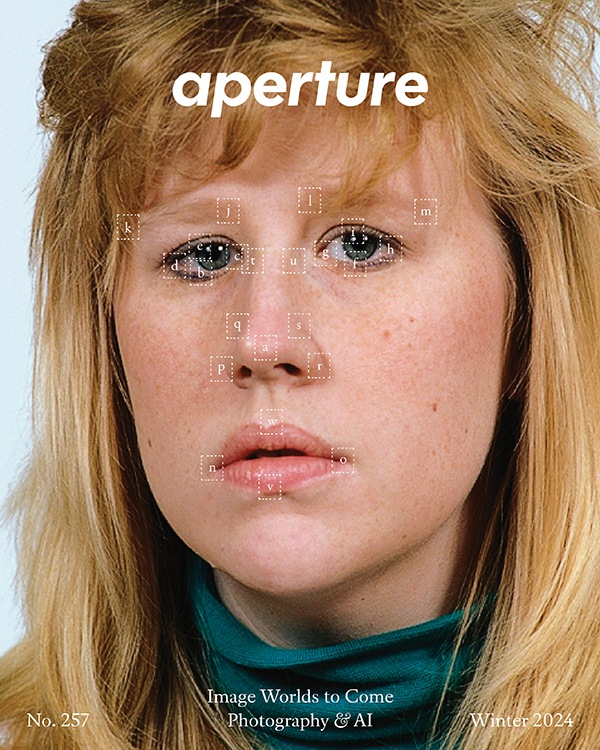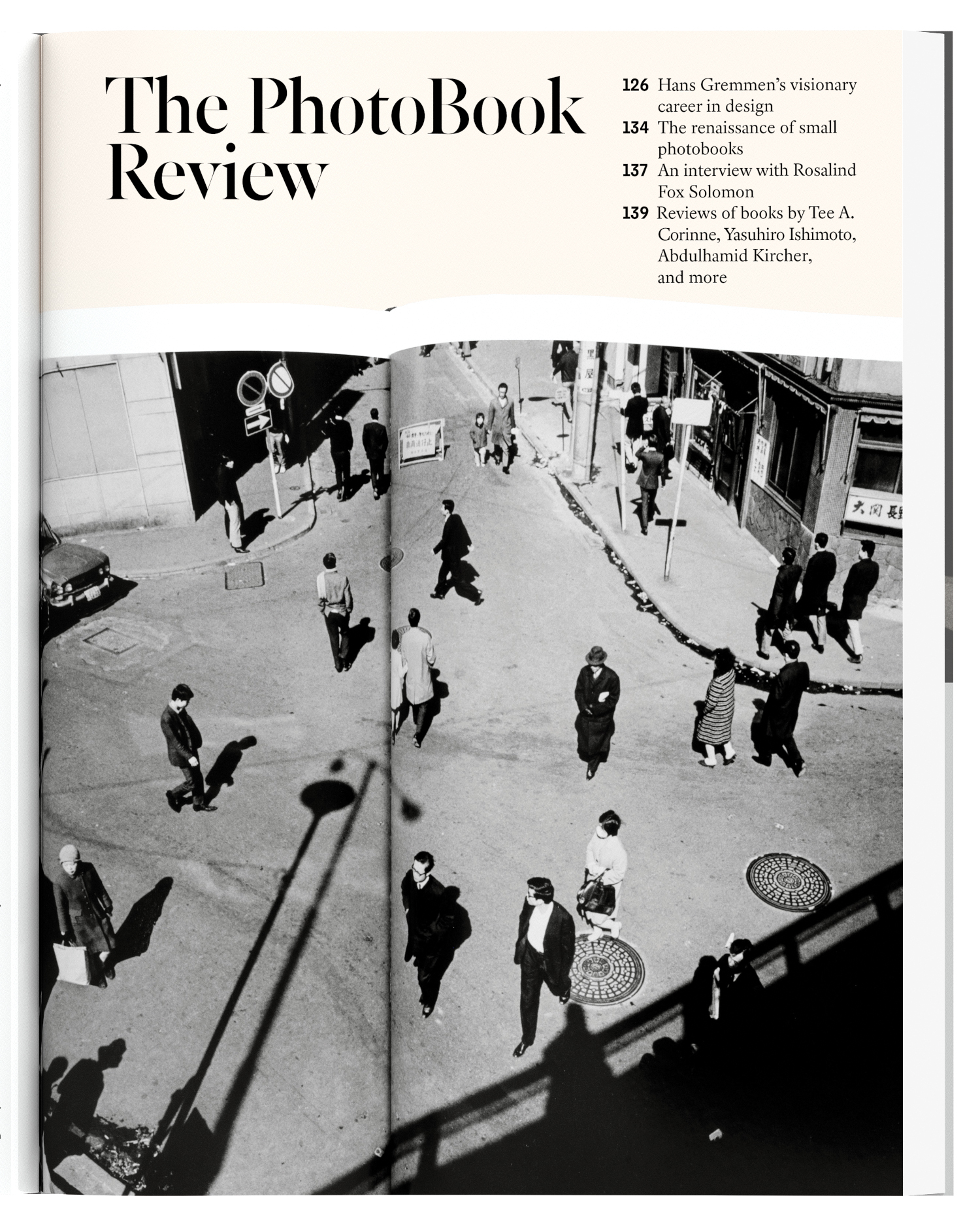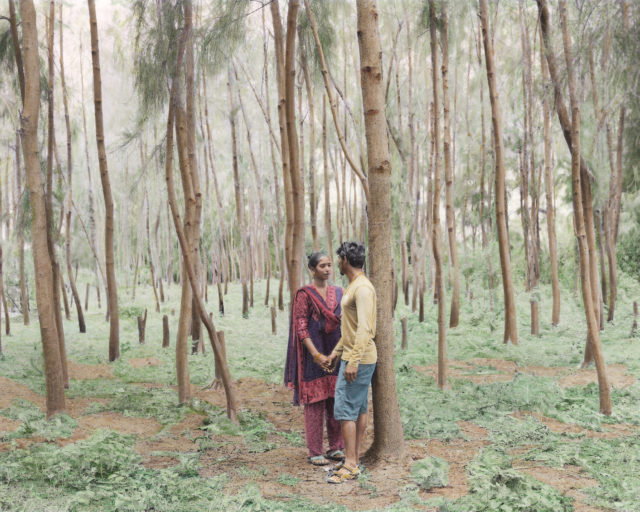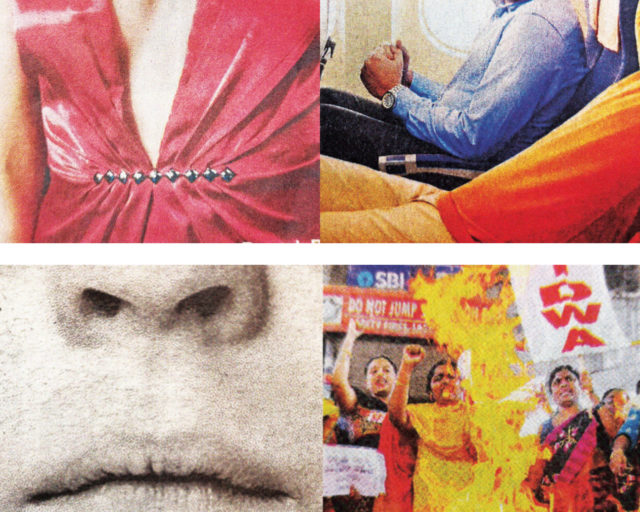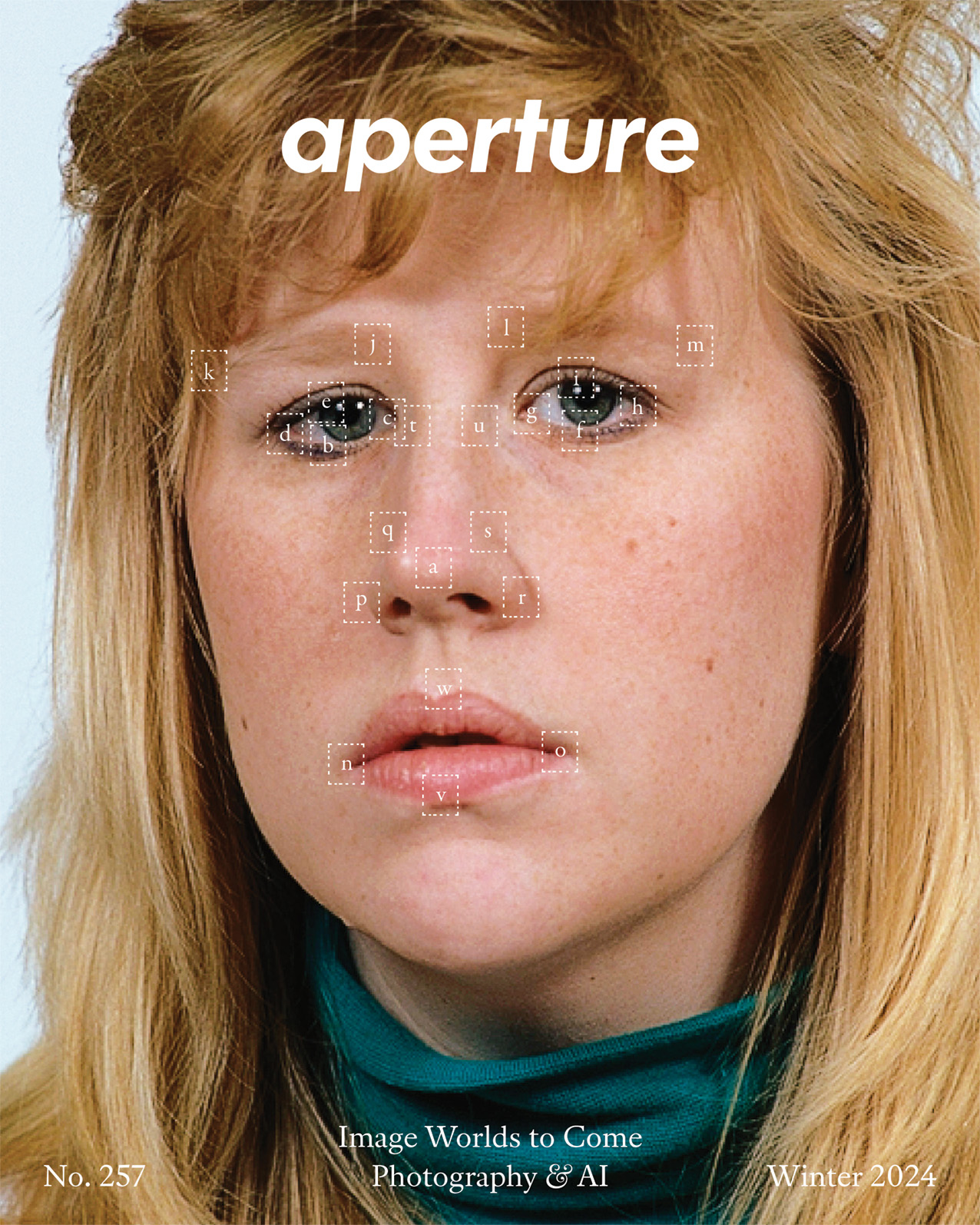Photobooks
Latest Stories
Get Aperture Magazine
Aperture No. 257
Aperture presents “Image Worlds to Come: Photography & AI,” a timely and urgent issue that explores how artificial intelligence is quickly transforming the field of photography and our broader culture of images.
Advertisement
Advertisement
Advertisement
